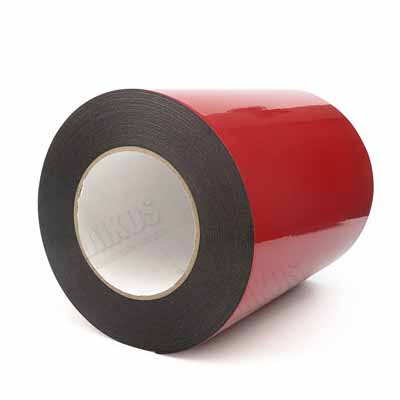Thermal pads are an essential component in the electronic industry. Thermal pads are used to transfer heat between electronic components and the heatsink. They are widely used in various applications, including laptops, desktops, smartphones, and gaming consoles.
In this article, we explore everything you need to know about the thermal pads industry. From the history of Thermal Pads, the types of thermal pads, the functions, and advantages of thermal pads, to the significant players in the thermal pads industry.
There are two main types of thermal pads, Silicon-based thermal pads and Graphite-based thermal pads. Silicon-based thermal pads are the most widely used, and they are made from thermally conductive silicone filaments. Graphite-based thermal pads tend to have higher conductivity than silicon-based thermal pads.
Thermal pads are essential components that ensure the efficient transfer of heat between the electronic components and the heatsink. They are designed to fill the gaps between the two components, which enhances the heat transfer. The application of thermal pads helps to prevent overheating, which can cause the electronic components to malfunction.
One significant advantage of thermal pads is that they are easy to apply. They do not require any curing time, as is with some other Thermal interface materials. They also come in various sizes, which makes them useful in different applications. They are also non-toxic, environmentally friendly, and have excellent resistance to expansion and compression.
Thermal Pads are essential components in the electronic industry, and their role in preventing overheating cannot be underestimated. As we have seen, they come in different types and have advantages and disadvantages. However, overall, they offer an efficient way of transferring heat between electronic components and the heatsink. The thermal pads industry has significant players who have made it possible for different applications to use thermal pads effectively.




